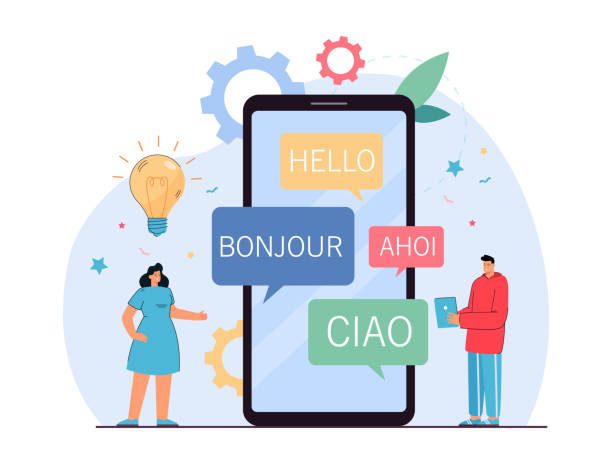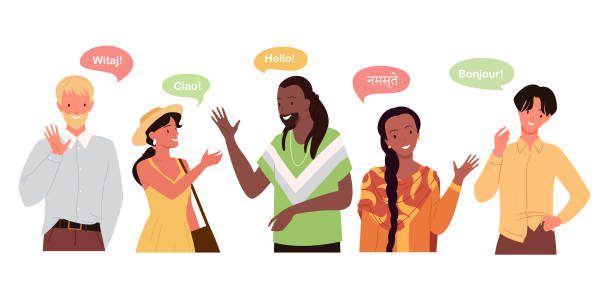Translation versus Interpretation


In order to give your company visibility on a global scale, you need to communicate in more than one language. This allows you to connect with both those who understand your native language and speakers of other languages. To do so, you need language services, such as translation and interpretation. What are the similarities and differences between these two forms of intercultural communication? Translation versus Interpretation, find out in this article.
Translation


Translation is the process of making a written or digital document available in a foreign language. The translator ensures that the information contained in the original document is faithfully translated. For example, a translator may have the task of translating a document written in French into English.
In this case, the source language is French, and the target language is English. It is worth mentioning that the translator can use computer-assisted translation tools. However, he or she must go through each section of the text to correct and adapt it to ensure that it is of better quality. In addition, there are several types of translation. These include literary translation, administrative translation, financial translation, technical translation and legal translation.
Interpretation


The interpreter, like the translator, is called upon to do a translation. However, the interpreter translates orally from one language into another. Interpreting consists of translating a speech live, simultaneously or consecutively. Unlike the translator, the interpreter does not use dictionaries or reference documents.
He translates the message conveyed in the source language while preserving its original meaning, although he reformulates the idioms and other colloquial expressions of that language. This allows the target audience to better understand the message. Interpreters are called upon at international conferences and court proceedings.
Translation versus Interpretation : Translation requirements


The most important professional quality of a translator is accuracy. In addition, he or she must understand the source text and know the culture of the speakers of the source language. This allows him to use a good library of dictionaries and reference materials to translate the source text clearly and accurately into the target language. In addition to these linguistic and cultural skills, one important characteristic of a skilled translator is the ability to write without mistakes in the target language. This requires discipline and thoroughness.
Indeed, for the translation of technical documents, the mere knowledge of the language is not enough. The translator must fully understand the content of specific documents. In other words, in order to do a good translation of these documents, he or she must understand their meaning as well as the audience that will read the translation. The more complex the terminology, the more relevant technical knowledge is required from the translator.
When the latter does not have this knowledge, even minor translation errors could have quite serious consequences. For example, when assembly or operating instructions are not correctly translated, this can lead to accidents in the workplace. A patent application that is not translated correctly can be rejected. On the other hand, because of a translation error, a patient may receive inappropriate care and treatment.
Translation versus Interpretation : Interpretation requirements


An interpreter must have a fairly well-developed and advanced sense of hearing. He must also be able to accurately recall the words spoken by a native speaker of the source language. In addition, he or she must be able to instantly translate idioms, colloquialisms, into similar expressions of another language that are understandable to the target audience.
Besides, it’s important to point out that for speech translation, the most common type of interpretation is simultaneous interpretation. Moreover, whispered interpreting is one of the modes of this type of interpretation. It consists of whispering in the ear of a participant the translation of the speaker’s words during his or her speech. The participant may be a member of a foreign delegation attending a conference. This type of interpretation requires the interpreter to be spontaneous.
In addition, in consecutive interpreting, the speaker pauses every 1 to 5 minutes. During this time, the interpreter expresses what has been said in the target language. In such cases, it is very important that the interpreter takes notes of what has been said. This is important because few people manage to remember an entire fragment of speech without missing any important details.
Bear in mind that neither translation nor interpretation is simply a matter of replacing the words of one language with those of another. The most important thing here is to understand the idea expressed in one language, and then to say it accurately using the resources of another language. At LMS, we offer quality translation services. We hope you have enjoyed this article. If you are interested in translating your documents, please feel free to drop us a comment or contact coach DJOMAKI directly at +22964627070 (Whatsapp or direct call). We will be happy to help you.



